- Joined
- Oct 3, 2013
- Messages
- 11,518
- Reaction score
- 4,788
- Location
- Louisville, Nebraksa - United States
- Can others edit my Photos
- Photos OK to edit
Ask away - I'm no pro, just a dedicated amatuer - but I'll be more than happy to share any information I might have that might help. Generally for wildlife shots I set the autofocus to AF-C and single point, I keep the autofocus point in the center for anything that is a fast mover (such as birds) and then I shoot a little wide so I can recompose the shot later in post. If I'm shooting at something like a leopard that isn't jumping around like crazy and is more or less stationary then I'll actually use the menu selector on the back and select the autofocus point and try to aim for the eyes and compose the shot pretty close to what I want in camera.
Thank you I most certainly will ask awayI will check my camera settings, I think that is how I have it setup, but will double check. Will take your suggestions.
Well a couple of quick things I've found pretty useful, if you hit the menu button and arrow down to the icon that looks like a pencil, this is the custom setting menu. Arrow down to controls and select it by hitting ok, then arrow down to assign FN button - hit ok again and then change this to ISO sensitivity. What this does is it sets the function button so that when you press and hold it you can quickly change your ISO using the scroll wheel on the back. That way if you want to adjust your ISO up or down, press the FN button (it's on the left side of the camera right below the flash button near where the lens mounts) and while holding the FN button in, use your scroll wheel on the back and it will adjust your ISO up or down depending on which direction you turn the wheel.
On the top of the camera right next to the shutter release is a +/- button, when your in manual mode you can press and hold this button and it will allow you to change the aperture settings, and since in manual mode the command dial defaults to shutter speed that gives you the ability to control all three very quickly and easily.
Next I'd recommend you go into the menu, select the camera Icon, find Long exposure noise reduction and turn it off. You can always turn this back on later for when your taking shots of say landscapes or cityscapes at night or in very low light conditions, but by turning it off it will increase the shooting speed of the camera as it won't try to apply this in situations where it really isn't needed.
Next thing I did was to the playback menu (it's the icon that looks like a play button) and shut image review off - this has two advantages, well three actually. It will stop the camera from showing the image your shooting right after it takes it - which I've always found to be very annoying when I have the camera up to my face and I'm using the viewfinder. The two really big advantages other than that are it will make your battery last a whole lot longer and again it will increase your shooting speed, the camera doesn't have to slow down and try to display the image before snapping the next one.


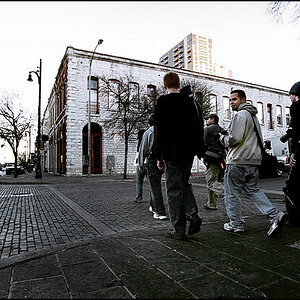

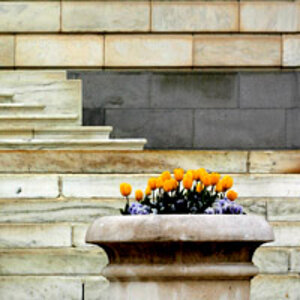
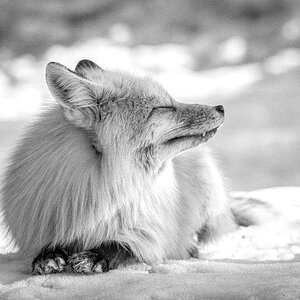
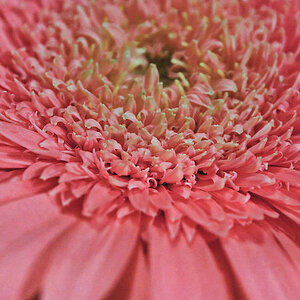
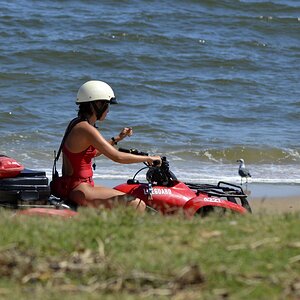
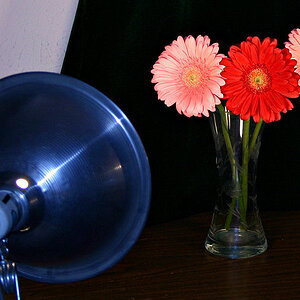
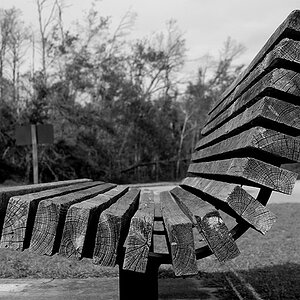
![[No title]](/data/xfmg/thumbnail/32/32180-aee1597d1cfb87ae220637f19420b65b.jpg?1619735235)
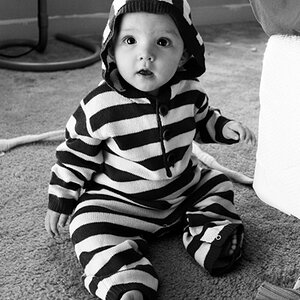

![[No title]](/data/xfmg/thumbnail/31/31978-02cde49248ebdf1b82fba5c899e08378.jpg?1619735136)